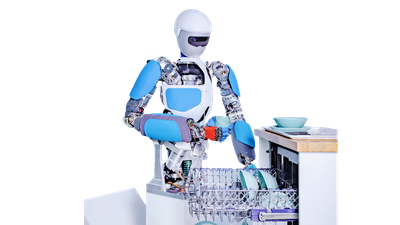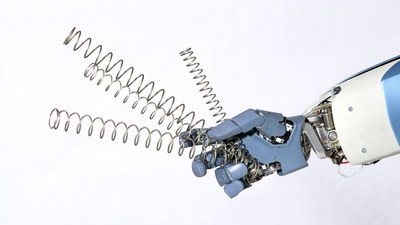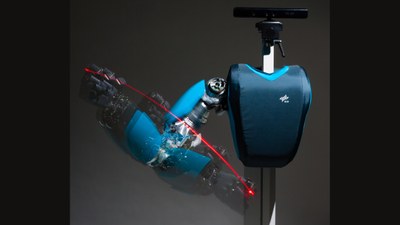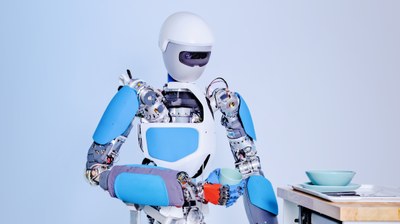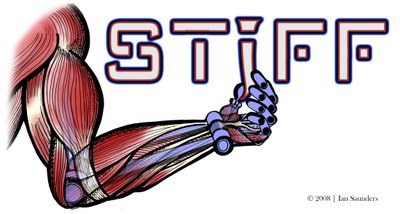David
The anthropomorphic robot David (formerly the DLR Hand Arm System) has joints with Variable Stiffness Actuators (VSA) that have mechanically adjustable flexibility in the drive train. One objective of development is to approach human capabilities, particularly with regard to dynamics, dexterity, and robustness.
The robot was first presented publicly consisting of one arm with hand in 2010.
Technical data
Size: | Adult human |
Weight: | approx. 55 kg |
Degrees of freedom: | 44 |
Actuation: | 83 brushless DC motors |
Sensors: | 173 position sensors |
Speed: | Comparable to humans |
Working space: | Comparable to humans |
Features: |
|
System description
Robotic systems are becoming ever more complex, which increases the risk of costly damages during operation. The increased risk often prevents developers from quickly testing fundamentally new regulatory and planning strategies. In addition, the dynamic characteristics of existing robot systems for dynamic, human-like motion sequences such as running or throwing are insufficient. Conventional actuators cannot provide the peak performance required for this without becoming too large and heavy. We are therefore convinced that great technological leaps in aerospace and service robotics can only be achieved with robotic systems that are robust against “everyday collisions” and have energy storage.


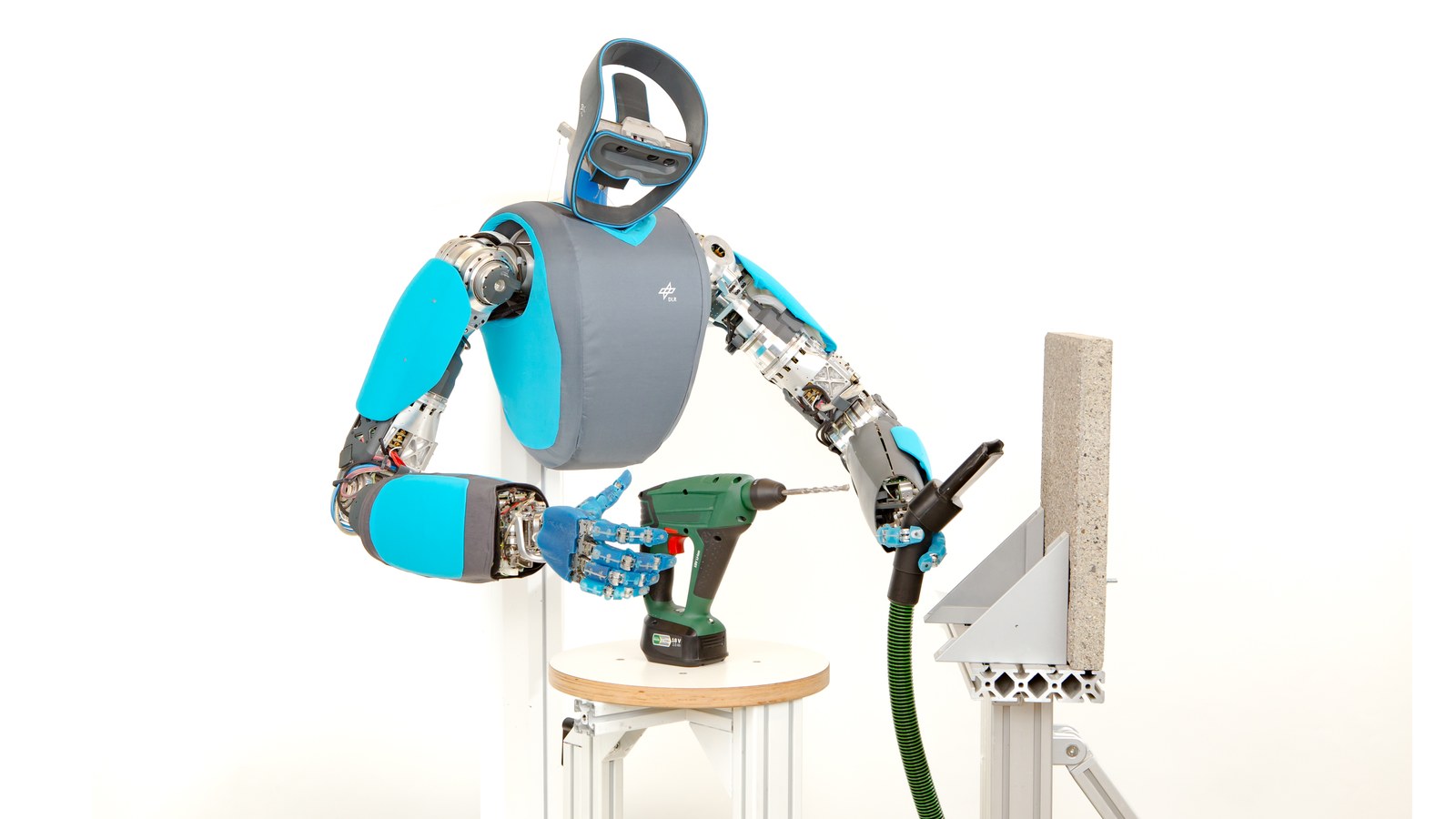
Selected publications
Grebenstein, M., Albu-Schäffer, A., Bahls, T., Chalon, M., Eiberger, O., Friedl, W., Gruber, R., Hagn, U., Haslinger, R., Höppner, H., Jörg, S., Nickl, M., Nothhelfer, A., Petit, F., Pleintinger, B., Reil, J., Seitz, N., Wimböck, T., Wolf, S., Wüsthoff, T. and Hirzinger, G., "The DLR Hand Arm System", Robotics and Automation (ICRA), 2011 IEEE International Conference on, Shanghai, China, pp. 3175-3182, May 2011.

